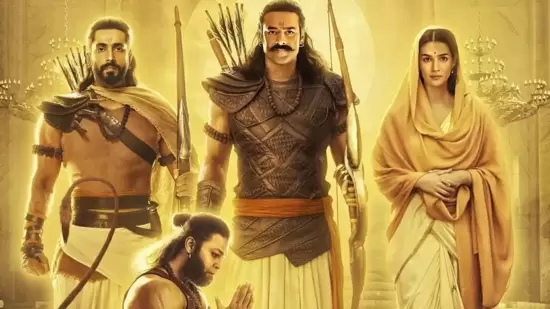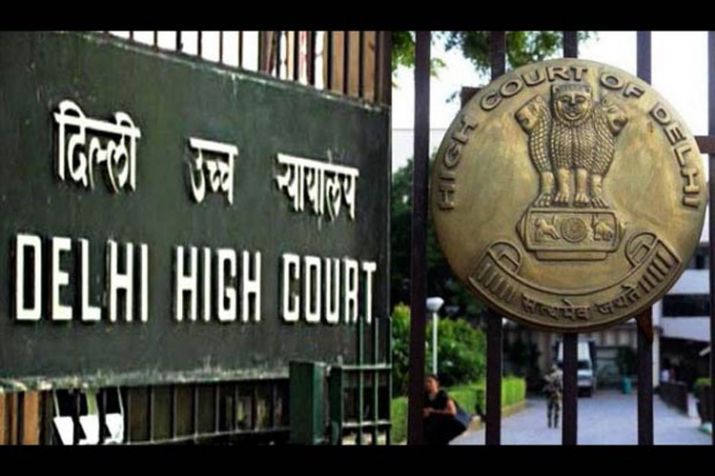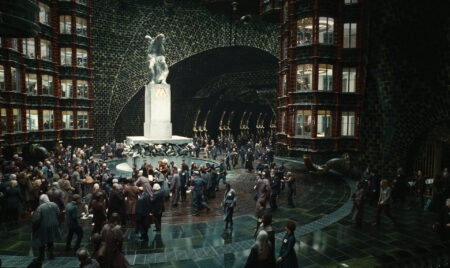In a recent development, the Delhi High Court made the decision to reject an urgent hearing for a public interest litigation (PIL) petition requesting a ban on the movie Adipurush. Adipurush, which was released in theaters last week, has been facing criticism for its dialogues and depiction of certain characters. The case was brought before the vacation bench of Justices Tara Vitasta Ganju and Amit Mahajan.

The Plea and Allegations:
The counsel representing the petitioner-organization, Hindu Sena, informed the bench that the movie contains several controversial scenes that are allegedly affecting India’s relations with other countries. They pointed out that even Nepal has banned the film. However, the bench responded by stating that since the movie has already been released, there is no urgency in the matter. Justice Ganju told the counsel to return on June 30, indicating that the case would be considered at that time.
Adipurush features renowned actors such as Prabhas, Saif Ali Khan, and Kriti Sanon, and it was released in theaters on June 16. Since its release, numerous individuals have raised objections to specific dialogues and the portrayal of epic characters like Hanuman and Ravana. In light of these concerns, Vishnu Gupta, the National President of Hindu Sena, filed a PIL in the Delhi High Court seeking a ban on the film.

Public Outcry and Objections:
According to the plea, Hindu gods and characters such as Lord Rama, Sita, Hanuman, and Ravana have been depicted inaccurately, contrary to their descriptions in the epic Ramayana. The petition argues that the depiction of characters like Ravana, played by Saif Ali Khan, is completely detached from “Indian civilization,” and his bearded look is deemed offensive to the sentiments of the Hindu community.
The petitioner further contends that since these characters hold religious significance, filmmakers, producers, and actors should not be allowed to take unrestricted creative liberty in commercializing them, including their faces, personalities, and appearances, including hair. This, according to the petition, constitutes a violation of religious rights as enshrined in Article 25 of the Constitution of India.
The petition also asserts that Hindus have a particular perception of the image of Ram, Sita, and Hanuman, and any alteration or tampering with these images by film producers, directors, and actors would be a violation of their fundamental rights. Therefore, the petition demands that such feature films should not be allowed for public exhibition until corrective measures are undertaken by the film producers and directors.

The Court’s Decision:
The Delhi High Court’s decision not to grant an urgent hearing to the Hindu Sena’s plea suggests that the court does not consider the matter to be of immediate importance. By scheduling the case for June 30, the court provides an opportunity for both parties to present their arguments and for the court to carefully consider the issues raised.
The final outcome of this case will determine whether the film Adipurush will face any restrictions or modifications to address the concerns raised by the petitioner. It remains to be seen how the court will assess the alleged inaccuracies in the depiction of Hindu gods and characters, and whether it will find merit in the argument that such depictions violate the religious rights of the Hindu community.
Balancing Artistic Freedom and Religious Sensitivities:
While artistic freedom and creative expression are important, it is equally crucial to respect religious sentiments and ensure accurate and sensitive portrayals of revered figures. Finding the right balance between creative liberty and preserving religious beliefs can be challenging, and it often falls upon the courts to adjudicate such disputes.
As the case progresses, it will be crucial for all stakeholders to engage in a respectful and constructive dialogue to reach a resolution that upholds both artistic freedom and the religious sensitivities of the people. Ultimately, the court’s decision will provide valuable guidance on the delicate balance between creative expression and religious sentiments in the context of filmmaking. It will set a precedent for future cases involving the depiction of revered figures and religious themes in movies.













